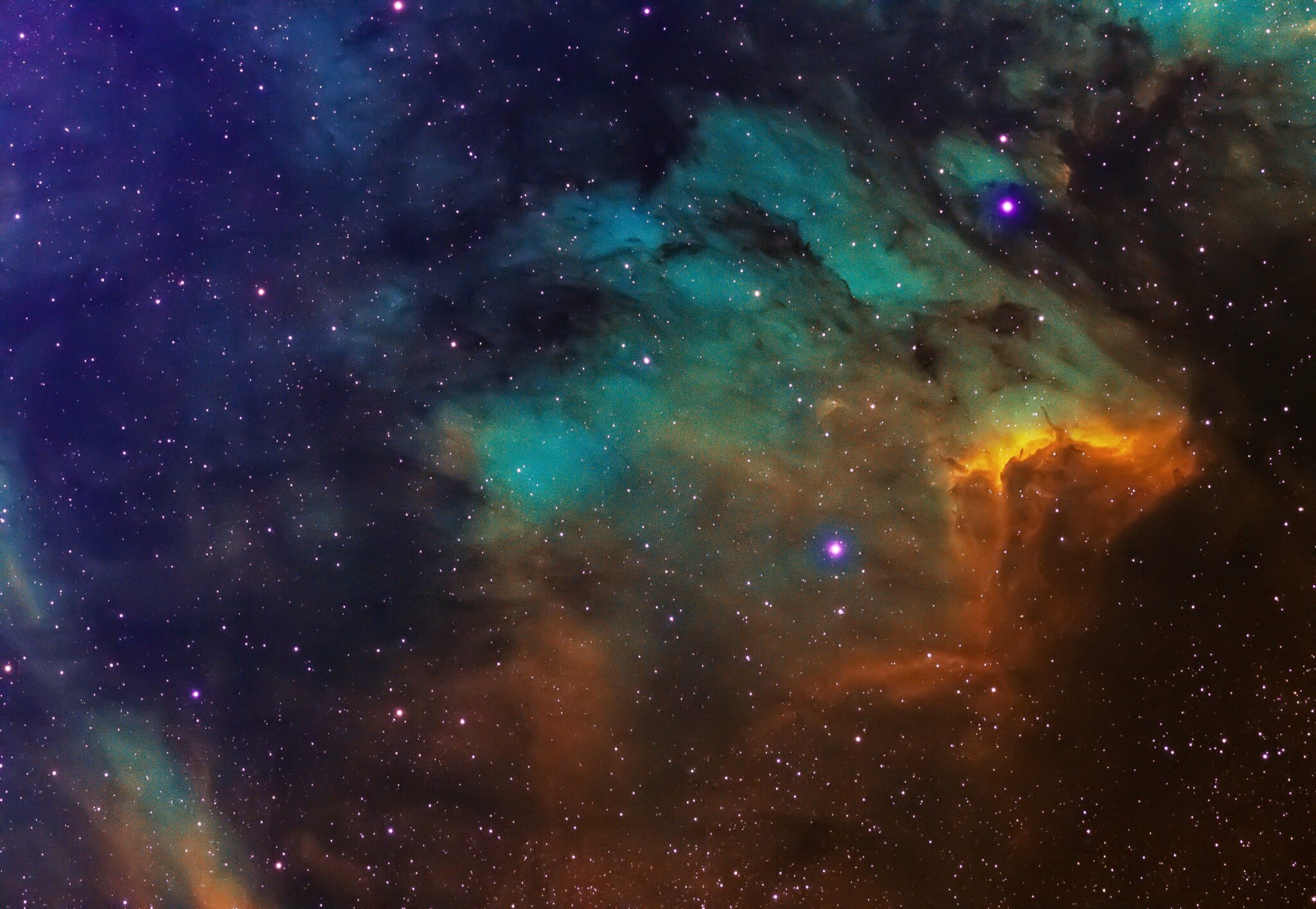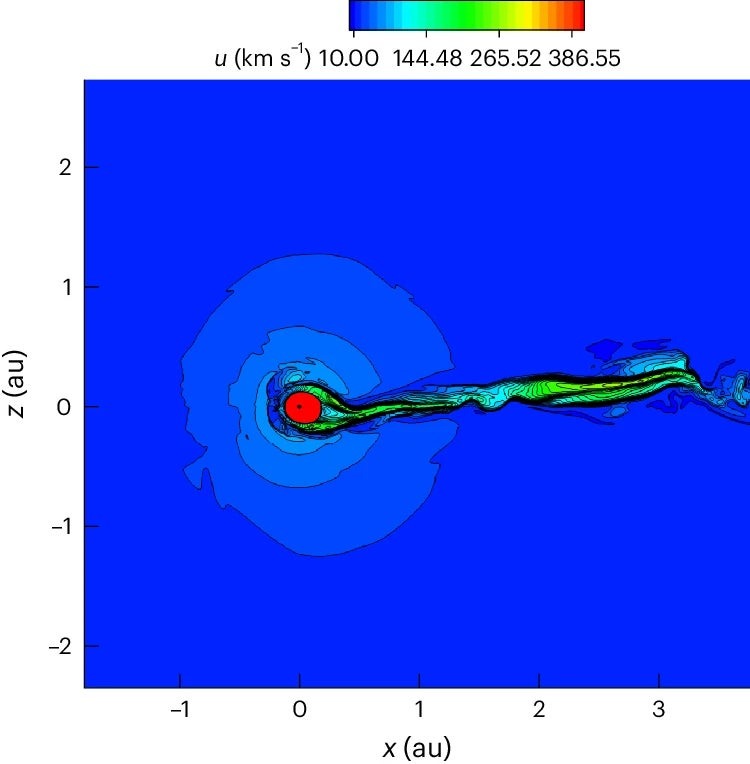The Pleistocene Epoch, with its glaciers, woolly mammoths and Neanderthals, left a significant mark on Earth’s history. The last Ice Age ended only 12,000 years ago. The research team suggests that this cold epoch may have been caused by a cosmic interstellar cloud that temporarily took Earth away from the warm glow of the Sun.

About two million years ago, an interstellar cloud invaded the Solar System, causing Earth and other planets to briefly find themselves outside the heliosphere, a bubble of charged particles that protects our system from cosmic radiation. This event could seriously affect the Earth’s climate. The results of the study were published in the journal Nature Astronomy.
A team led by astrophysicist Merav Opher at Boston University believes that with the increase in hydrogen and dust, Earth may have entered a prolonged Ice Age. Data modeling showed that the Solar System likely passed through cold clouds in the constellation Lynx between 2 and 3 million years ago, when the Pleistocene began. While it is impossible to say for sure whether these clouds could have caused an Ice Age, more evidence of cloud interference in the heliosphere may clarify their effect on Earth.
According to the team’s model, the heliosphere would shrink to 0.22 a.u., less than a quarter of the distance from Earth to the Sun. Now the nearest heliospheric boundary is about 100 a.u. from the Sun. Beyond the heliosphere, Earth would be exposed to iron and plutonium from the interstellar medium. This period coincides with an increase in plutonium-244 and iron-60 found in Antarctic snow, deep-sea sediments, and samples from the Moon. Examination of samples from Mars may reveal similar bursts of iron isotopes 2-3 million years ago.

The heliosphere could have been blocked from a few hundred thousand to a million years. As soon as the interstellar cloud left the Solar System, the heliosphere returned to its usual size. The team now tries to determine the position of the Sun about seven million years ago to understand another burst of plutonium-244 and iron-60 appearing in Earth’s sediments. They create a digital twin of the heliosphere to simulate the conditions our Solar System might have experienced. Additional data from ESA’s Gaia mission will help the team determine the exact position of the Sun in the distant past.
According to the Utah Geological Survey, the Earth has experienced at least five major Ice Ages. The first one occurred more than 2 billion years ago, and the last one about 3 million years ago. According to NASA, Ice Ages can be caused by a combination of factors: changes in Earth’s orbit, low amounts of energy from the sun, atmospheric composition, changes in ocean currents, and volcanic activity. While we have various theories about the causes of Earth’s cold periods, questions remain about how cosmic events may have globally affected Earth’s climate.
Earlier we reported on how lunar dust would save the Earth from global warming.
According to gizmodo.com


